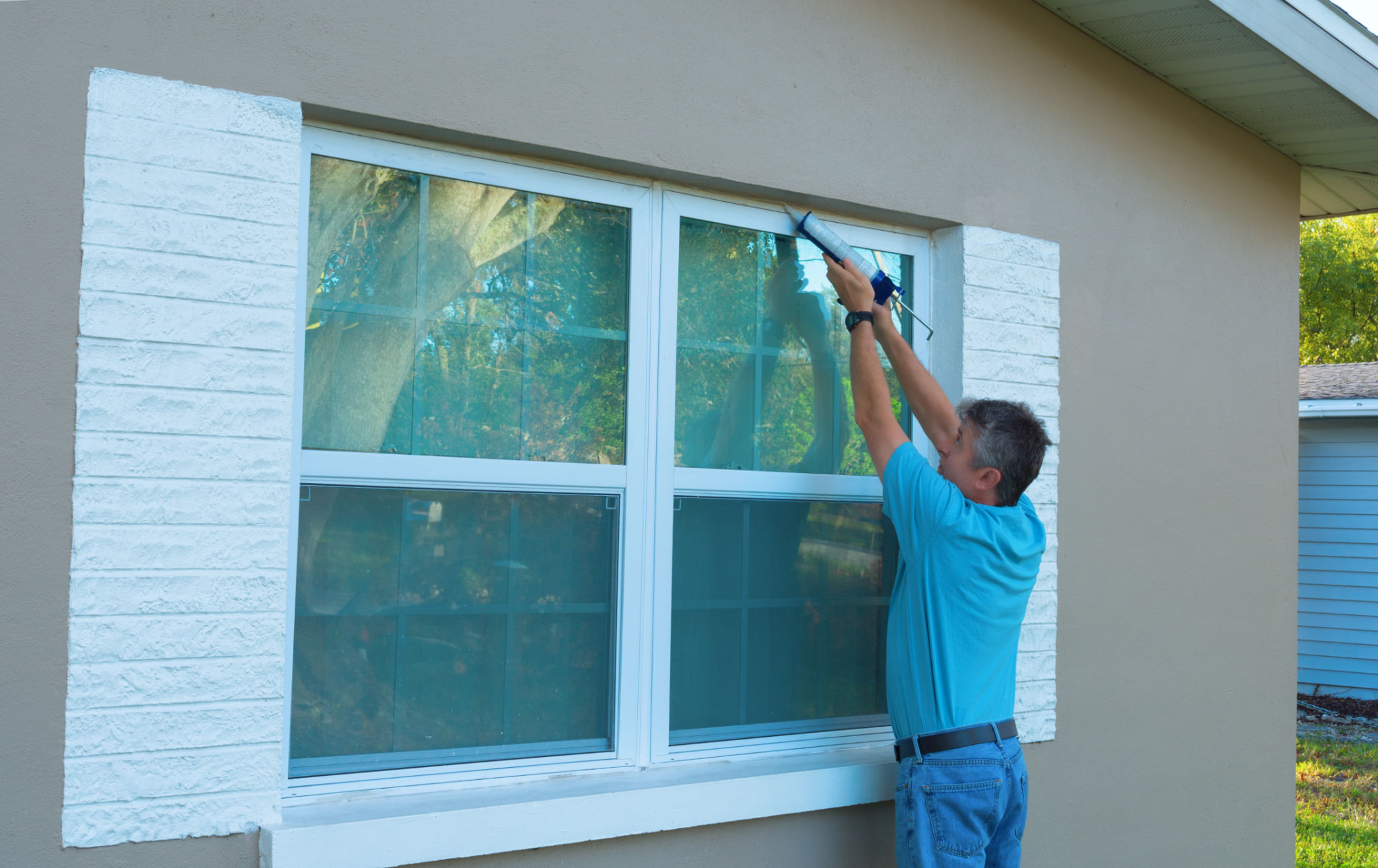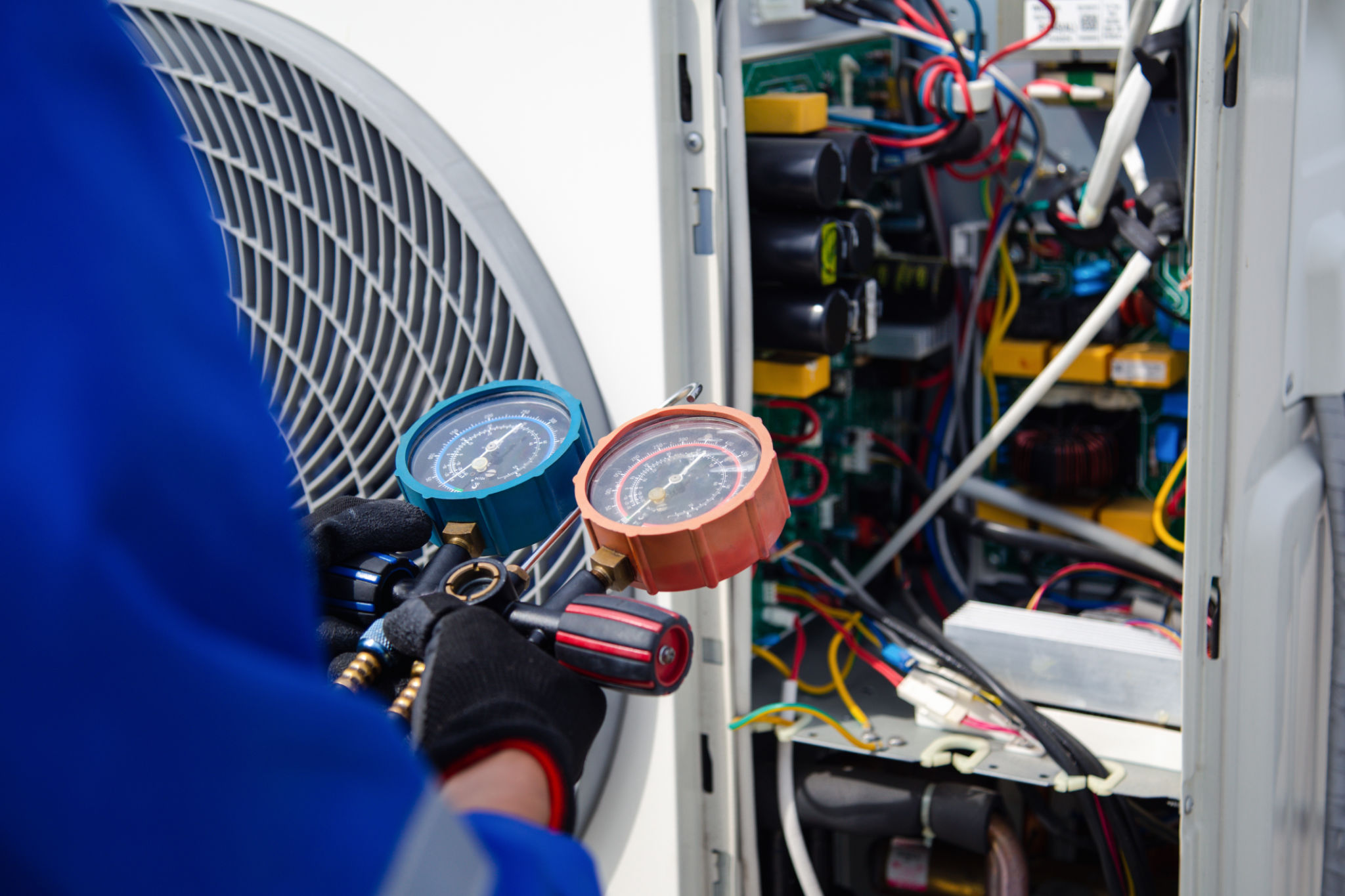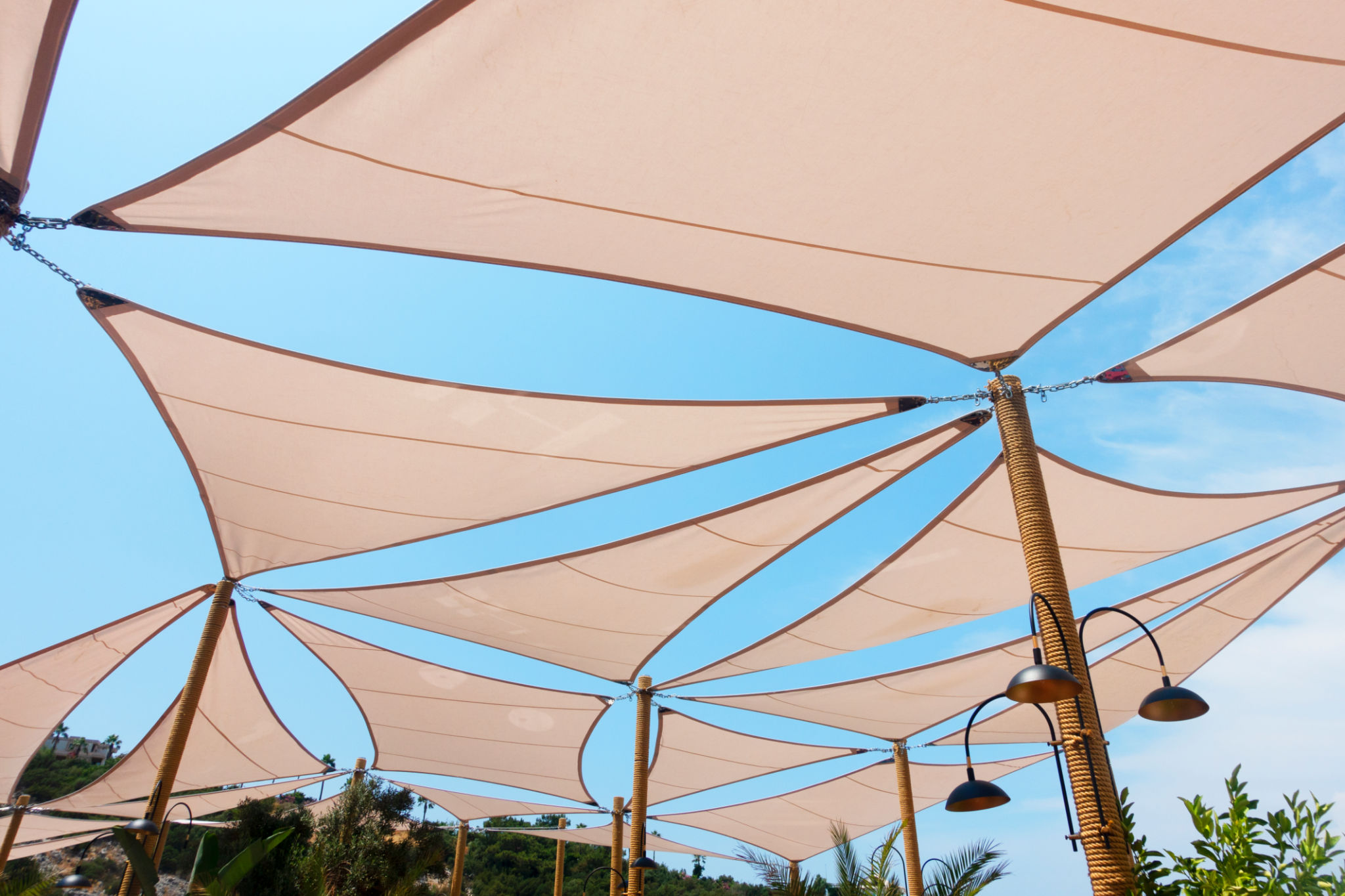Preparing Your Home for the Summer Heat: Renovation Tips
Enhance Your Home's Insulation
As summer approaches, ensuring your home is well-insulated can make a significant difference in keeping indoor temperatures comfortable. Start by checking your attic and walls for adequate insulation. If necessary, consider adding more to help maintain a stable temperature inside your home. Proper insulation not only keeps the heat out but also reduces energy costs by minimizing the need for air conditioning.
Another effective solution is to install energy-efficient windows. These windows are designed to reduce heat gain and loss, making them ideal for keeping your home cool during hot summer months. Look for windows with a low U-factor and Solar Heat Gain Coefficient (SHGC) for optimal performance.

Seal Gaps and Cracks
Gaps and cracks around doors and windows can let in unwanted hot air, making your cooling system work harder. Inspect these areas for any signs of wear or damage, and apply weatherstripping or caulking as needed. This simple step can significantly improve your home's energy efficiency and overall comfort.
Consider adding draft stoppers to doors and windows to further prevent hot air from entering your home. These inexpensive tools can have a major impact on maintaining a cooler indoor environment during the summer.

Update Your Cooling Systems
Before the heat hits, it's crucial to ensure that your cooling systems are in top shape. Schedule an inspection with a professional HVAC technician to check for any maintenance needs or repairs. Regular servicing can prevent unexpected breakdowns and keep your system running efficiently.
If your air conditioning unit is outdated, consider upgrading to a more energy-efficient model. Modern systems come with smart technology that allows you to control the temperature remotely, optimizing energy use and enhancing comfort.

Install Ceiling Fans
Ceiling fans are an excellent addition to any home looking to stay cool during the summer. They circulate air more effectively than standing fans and can be used alongside air conditioning to distribute cool air evenly throughout your home. Opt for fans with reversible motors, allowing you to adjust the airflow direction based on the season.
When installing ceiling fans, choose models with an Energy Star rating for added efficiency and cost savings. Fans with this certification are designed to use less energy without sacrificing performance.
Landscaping for Shade
Strategically planting trees or shrubs around your home can provide natural shade, reducing the amount of heat that enters through windows and walls. Deciduous trees are particularly effective because they offer shade during the summer and allow sunlight through in the winter when their leaves fall.
Additionally, consider using outdoor shading solutions like awnings or pergolas to shield windows from direct sunlight. These structures not only keep your home cool but also enhance your outdoor living space, creating a more enjoyable environment for summer gatherings.

